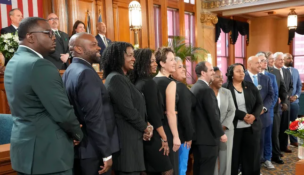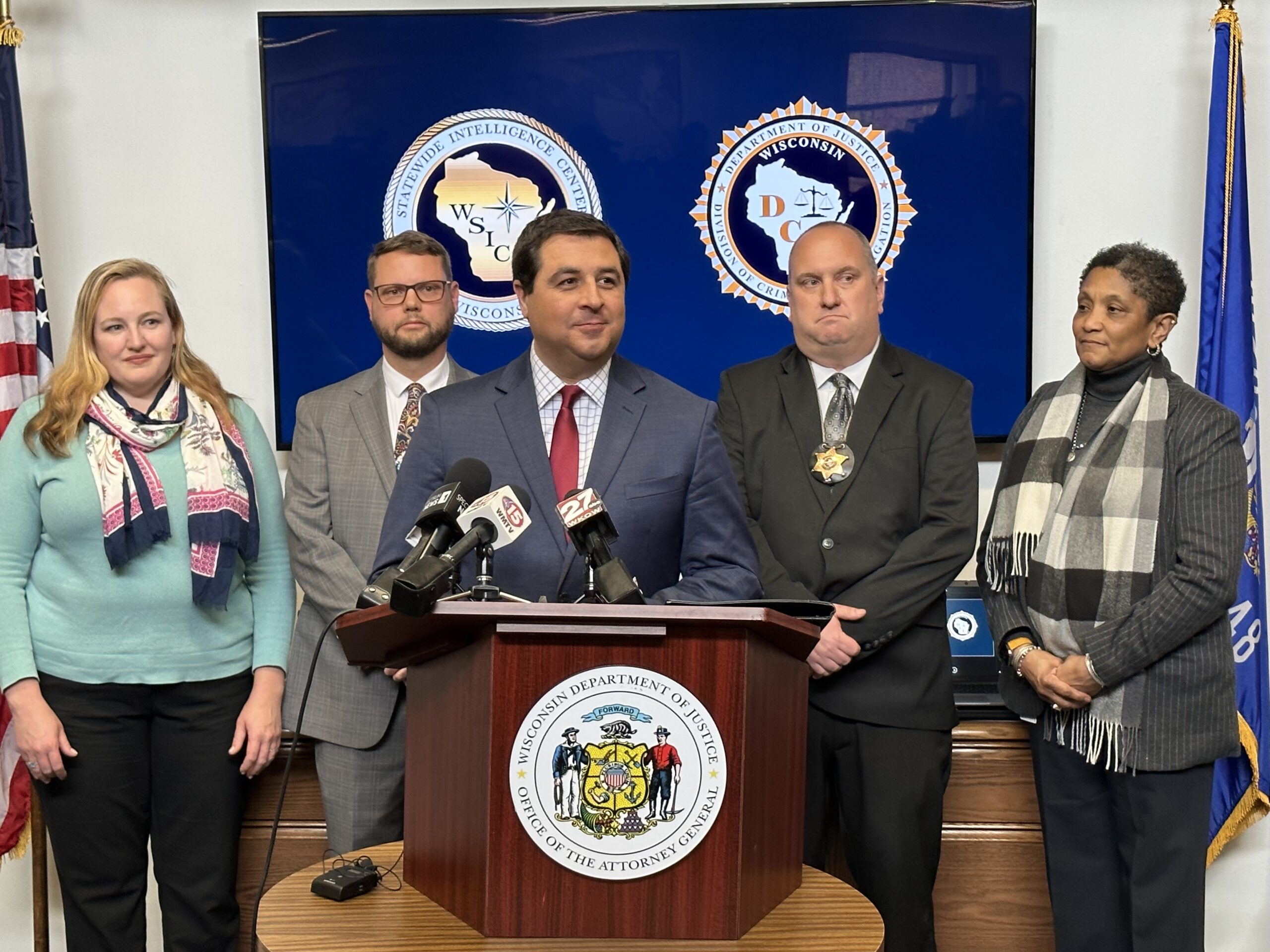Repose Case Analysis
By: dmc-admin//August 27, 2003//
The court’s decision is somewhat overbroad in its sweeping language in two places that Landis “abandons any distinction between a statute of limitations and a statute of repose.”
Landis does no such thing, however. It merely holds that, when the legislature uses the term “statute of limitation,” it includes statutes of repose within that definition.
Nevertheless, the two remain distinct.
It should be expected that the Wisconsin Supreme Court will, once again, agree to hear this case. Over the course of several cases in recent years, the court has tried to clear up the confusion that existed regarding statutes of repose in the 1990s, and to not hear this case one more time would leave that job unfinished.
It is impossible to predict how the court would rule, should it hear the case again, however, as there was an odd split among the justices the last time the court heard the case.
In Landis, four justices agreed that the term “statute of repose” is purely a judicial term, and is not a part of the legislature’s lexicon, and therefore, when the legislature refers to “statutes of limitation,” it includes statutes of repose within that meaning as well: Justices David T. Prosser, Diane S. Sykes, Ann Walsh Bradley, and Chief Justice Shirley S. Abrahamson.
Three justices disagreed, and concluded that the legislature must be presumed to know the difference, and therefore, the term “statutes of limitation” does not include statutes of repose: Justices N. Patrick Crooks, William A. Bablitch, and Jon P. Wilcox.
However, the mix of justices was very different when the court was unable to decide the case at bar. Justices Prosser and Sykes voted as would be expected — to affirm the trial court’s holding that “statutes of limitation” includes statutes of repose, when used by the legislature in the borrowing statute, as well as in the medical malpractice statutes.
Justice Bablitch also voted as would be expected — to reverse the holding.
However, both Chief Justice Abrahamson and Justice Bradley also voted to reverse, notwithstanding their conclusions in Landis that the term “statutes of limitation” includes statutes of repose, when used by the legislature.
Justice Crooks also voted contrary to what might be expected, joining Sykes and Prosser in voting to affirm. Justice Wilcox did not participate.
Perhaps, principles of stare decisis motivated Justice Crooks’ vote, while Bradley and Abrahamson were persuaded by the legislative inaction in not amending the statute after Leverence was decided.
| |
||
| |
||
In any event, should the court hear the case again, its fate will likely rest in the hands of Justice Patience D. Roggensack, who replaced Justice Bablitch this summer, and Justice Wilcox.
In the interim, however, the decision and reasoning in Landis must be considered to not be limited to medical malpractice actions, but to apply whenever the legislature uses the term “statute of limitations.”
It is noteworthy that the decision is completely void of any legislative history in terms of what the legislature’s goal was in enacting the borrowing statute, or any other analysis. Instead, the decision rests entirely on Landis.
As noted above, however, based on the unusual vote shifts in Landis and this case when it was before the Supreme Court, it is clear that at least three of the justices don’t see this case as being that simple. This makes it all the more likely that this case will wind up before the high court once again.
–
David Ziemer
Click here for Main Story.
David Ziemer can be reached by email.
Legal News
- Milwaukee’s Common Council now has the most African Americans, women and openly LGBTQ members ever
- Office of School Safety Provides Behavioral and Threat Assessment Management Training Ahead of 25th Anniversary of Columbine Shooting
- Wisconsin Supreme Court to hear arguments in Democratic governor’s suit against GOP-led Legislature
- Lawsuit asks Wisconsin Supreme Court to strike down governor’s 400-year veto
- Wisconsin man pleads not guilty to neglect in disappearance of boy
- ACS Selects University of Wisconsin Law School’s Miriam Seifter for 2024 Ruth Bader Ginsburg Scholar Award
- People with disabilities sue in Wisconsin over lack of electronic absentee ballots
- Wisconsin Republicans ignore governor’s call to spend $125M to combat ‘forever chemicals’
- Native American voices are finally factoring into energy projects
- Steven Avery prosecutor Ken Kratz admits ‘mistakes were made’
- Colombian national extradited to Milwaukee faces International narcotics-trafficking conspiracy charge
- MPD: Milwaukee homicides down nearly 40 percent compared to last year
WLJ People
- Power 30 Personal Injury Attorneys – Russell Nicolet
- Power 30 Personal Injury Attorneys – Benjamin Nicolet
- Power 30 Personal Injury Attorneys – Dustin T. Woehl
- Power 30 Personal Injury Attorneys – Katherine Metzger
- Power 30 Personal Injury Attorneys – Joseph Ryan
- Power 30 Personal Injury Attorneys – James M. Ryan
- Power 30 Personal Injury Attorneys – Dana Wachs
- Power 30 Personal Injury Attorneys – Mark L. Thomsen
- Power 30 Personal Injury Attorneys – Matthew Lein
- Power 30 Personal Injury Attorneys – Jeffrey A. Pitman
- Power 30 Personal Injury Attorneys – William Pemberton
- Power 30 Personal Injury Attorneys – Howard S. Sicula











